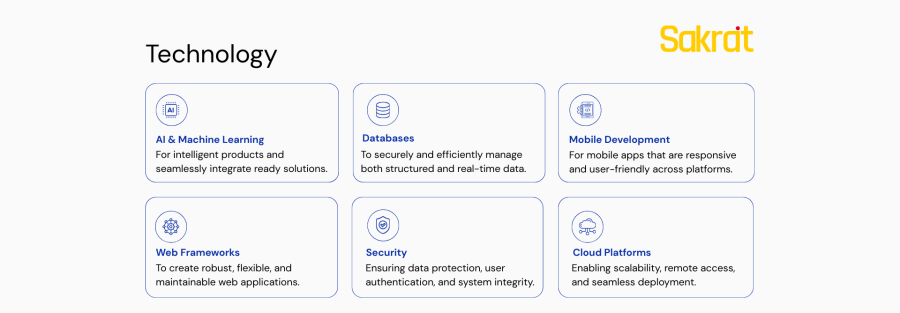Flutter vs React Native vs .NET MAUI: Choosing the Right Cross-Platform Framework in 2026
The “build once, run anywhere” promise of cross-platform development has never been more relevant. As businesses strive for efficiency, choosing the right framework is a critical decision that impacts development speed, performance, and long-term maintenance. In 2026, three major players dominate the conversation: Google’s Flutter, Meta’s React Native, and Microsoft’s .NET MAUI.
Each is backed by a tech giant and offers a unique approach to creating native-like applications for iOS, Android, and beyond from a single codebase. But the best choice depends entirely on your project requirements, team expertise, and strategic goals. Let’s break them down.
At a Glance: The Three Contenders for Cross-Platform Framework
- Flutter (Google): An open-source UI toolkit known for its high-performance Skia rendering engine and expressive, customizable widgets. It uses the Dart programming language and is a favorite for creating visually stunning consumer-facing apps.
- React Native (Meta): A JavaScript-based framework that leverages the popular React library. It boasts the largest community and ecosystem, making it ideal for rapid development, especially for teams with a web development background.
- .NET MAUI (Microsoft): The evolution of Xamarin.Forms, this framework uses C# and the powerful .NET ecosystem to build native apps for Android, iOS, Windows, and macOS. Its strength lies in enterprise-level applications and deep integration with Microsoft’s toolchain.
Comparison Deep Dive: The Deciding Factors
Feature | Flutter | React Native | .NET MAUI |
Primary Language | Dart | JavaScript / TypeScript | C# |
UI Approach | Renders its own UI with Skia engine; highly customizable widgets | Maps JavaScript components to native UI controls at runtime | Uses native UI components for a true platform-specific look and feel |
Performance | Excellent, near-native speeds with smooth 60 FPS animations | Good, but historically reliant on a “bridge” which can cause overhead. New architecture improves this. | Excellent native performance, especially for heavy enterprise workloads. |
Best For | UI-heavy consumer apps, startups, and projects demanding a beautiful, custom design. | Teams with existing JavaScript/React skills, rapid prototyping, and apps needing a vast library ecosystem. | Enterprise applications, Windows-heavy environments, and projects requiring security, scalability, and maintainability. |
Ecosystem & Community | Strong, active community backed by Google; growing package library (pub.dev). | The largest and most mature community with a massive number of third-party libraries. | Smaller but growing community backed by Microsoft; strong integration with Azure and Visual Studio. |
The Strategic Choice: Which Cross-Platform Framework is Right for You?
The “best” framework is subjective. The right choice aligns with your strategic priorities.
Choose Flutter if…
Your top priority is a beautiful, highly customized, and fluid user interface. Flutter’s Skia rendering engine gives developers pixel-perfect control over the UI, ensuring a consistent look and feel across all platforms. Its famous “Hot Reload” feature also allows for rapid iteration, making it a favorite among startups and design-first teams. If your app is consumer-facing and brand experience is paramount, Flutter is a powerful contender.
Choose React Native if…
Your primary goal is speed to market and you have a team of skilled JavaScript or React developers. React Native’s massive community and extensive ecosystem mean you can find a pre-built library for almost any problem, significantly accelerating development. While it once had performance limitations due to its JavaScript bridge, the new Fabric architecture has made significant strides in closing the performance gap. It remains the most popular framework in practice for its accessibility and vast resources.
Choose .NET MAUI if…
You are building a complex, scalable enterprise application, especially within a Microsoft-centric environment. .NET MAUI shines in long-term code maintainability with its structured architecture patterns (like MVVM). It compiles C# directly to native binaries and uses platform-specific UI controls, delivering true native performance and feel. For businesses that need robust security, seamless integration with tools like Azure DevOps, and a unified solution for mobile and desktop, .NET MAUI is the strategic choice.
The Final Verdict for 2026
There is no single winner; instead, there are strategic fits:
- Flutter wins for UI and consumer-facing apps.
- React Native wins for speed and developer accessibility.
- .NET MAUI wins for enterprise power and long-term maintainability.
Before making a final decision, consider your team’s existing skills, your project’s performance requirements, and your long-term business goals. While React Native’s popularity is undeniable and Flutter’s UI capabilities are impressive, .NET MAUI is steadily carving out its essential role as the go-to framework for serious, enterprise-grade cross-platform development.


